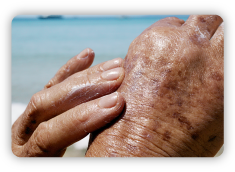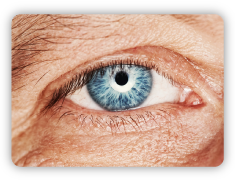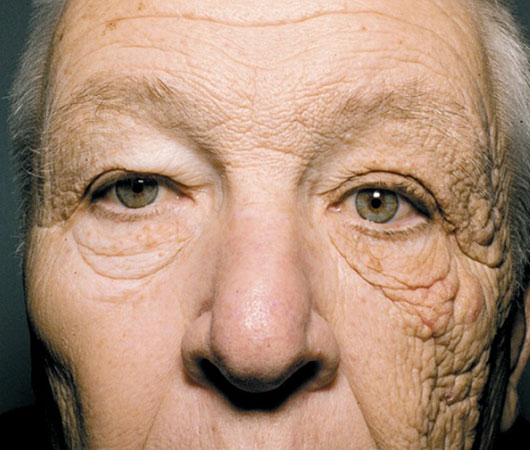Daily Update 4.8
Week 8: Module 4: Date 3/22/13
What is your largest organ? It’s extremely flexible and comes in many different colors. That’s right, it’s your skin. The average adult has over eight pounds (3.6 kilos) of skin and it covers 2 square meters (22 square ft). Our skin has three layers. The epidermis, the dermis and the subcutis. The epidermis is the outermost layer. The epidermis is made up of cells called keratinocytes. These cells are made up of keratin, which is also what our hair and nails are made of. The keratinocytes are produced in the deepest level of the epidermis. These cells are constantly being pushed toward the skins surface by new cells until they reach the exterior where they die and flake off. This process takes about five weeks.
The next layer is the dermis, this layer gives the skin its elasticity and strength. This is due to the collagen and elastin. The collagen provides strength and resistance to damage, while the elastin allows the skin to stretch.
It is these two layers that we are going to examine. The crew of the JRH has been at sea for over 50 days and while not all of these were bright and sunny the crew members were being exposed to Ultraviolet (UV) rays the entire time. UV rays consist of UVA, UVB and UVC. The ozone layer absorbs almost all of UVC and most of UVB rays. The UVB rays that do reach the earth’s surface are the ones that are responsible for tanning and burning. The UVB rays do not penetrate the skin very deeply and affect mainly the epidermal layer. UVB rays affect melanocytes, which in turn produce melanin and create the tanning effect. Prolonged exposure to these rays can also have a number of visual skin effects and can eventually lead to cancer.

UVA rays make up around 90-95% of the solar radiation reaching the earth. UVA rays can penetrate deeper into the skin and affect the dermis layer. UVA rays are present during all daylight hours and can penetrate glass and clouds. We are exposed to a great deal of UVA rays throughout our lifetime. If we look back at what is contained within the dermis layer we see that it has elastin and collagen. The effects of UVA on these substances cause the wrinkles and breakdown of the elasticity of the skin, i.e. sagging of the skin.
In this fairly famous photo and resulting study in the New England Journal of Medicine we see the effects of UVA rays on a lifetime truck driver.
It is a good thing for the crew that they are well aware of these dangers and because of that wear long sleeves and usually hats as well.

Sources:
http://science.nationalgeographic.com/science/health-and-human-body/human-body/skin-article/
http://www.cdc.gov/cancer/skin/basic_info/
http://www.skincancer.org/prevention/uva-and-uvb/shining-light-on-ultraviolet-radiation
https://thatscienceguy.wordpress.com/2011/01/28/what-does-the-sun-actually-do-to-your-skin-part-1/
